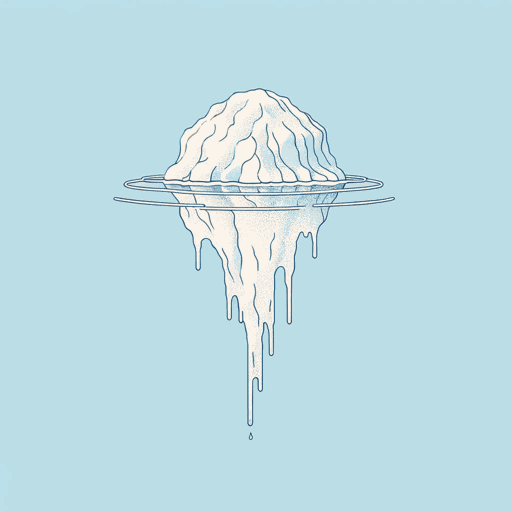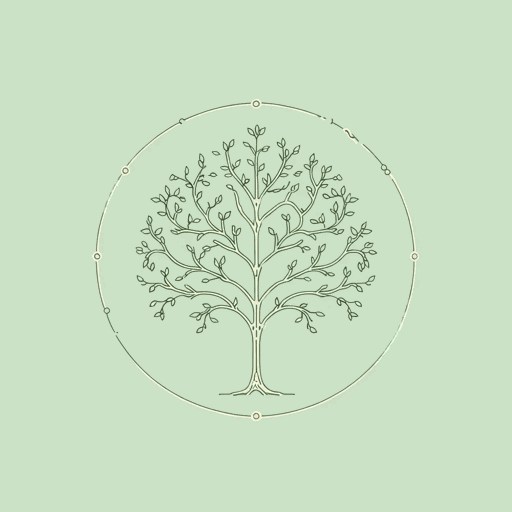41 pages • 1 hour read
Hope JahrenThe Story of More: How We Got to Climate Change and Where to Go from Here
Nonfiction | Book | Adult | Published in 2020A modern alternative to SparkNotes and CliffsNotes, SuperSummary offers high-quality Study Guides with detailed chapter summaries and analysis of major themes, characters, and more.
Index of Terms
Overpopulation
As of 2020, there were over seven billion people living on the Earth—a staggering number that will only increase in the decades to come. Since ancient times, philosophers have worried that overpopulation would lead to catastrophic shortages of food, water, and other resources. To adapt to growing population numbers, various industries have learned to produce higher yields of crops, meat, fish, and sugar. However, in the case of fossil fuels, these resources are finite and quickly disappearing
What Jahren does not make particularly clear in her book is the fact that population size does not necessarily guarantee higher consumption rates. Some smaller populations consume far more resources than larger populations. For instance, India and the countries of sub-Saharan Africa constitute one-third of the world’s population but use no more than 10% of its electricity. Arguably, overconsumption is a bigger problem than overpopulation.
OECD
OECD refers to the Organisation for Economic Co-operation and Development. The OECD is a grouping of highly developed countries located in North America and the European Union and also including Israel, Japan, New Zealand, and Australia. Of the planet’s seven billion people, about one billion people live in OECD countries. OECD countries consume the vast majority of the world’s resources, including its meat, fish, grains, and fossil fuels.


